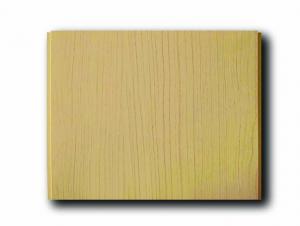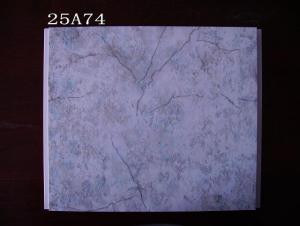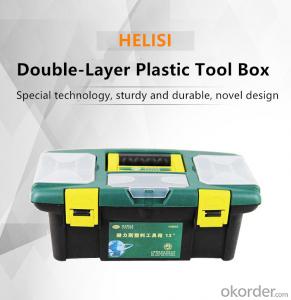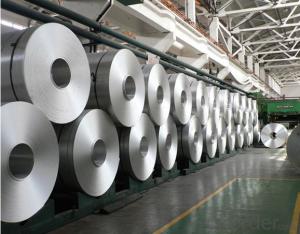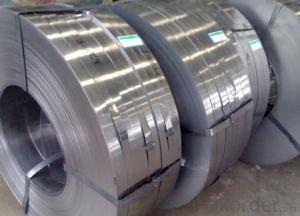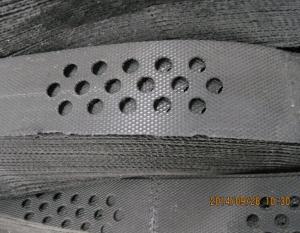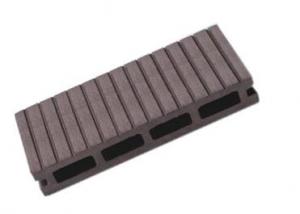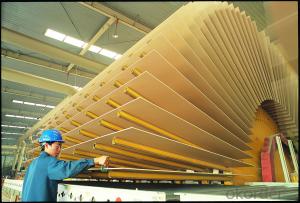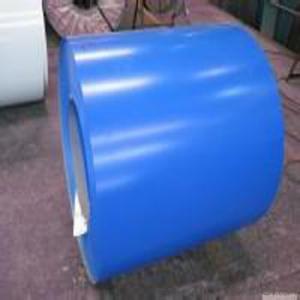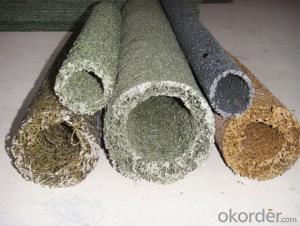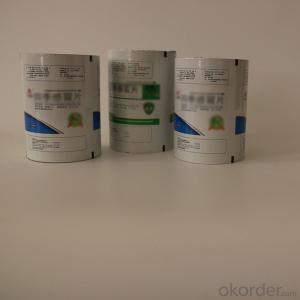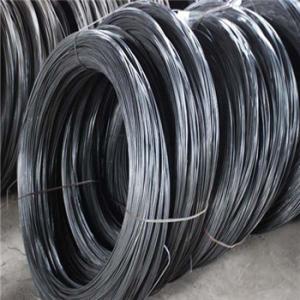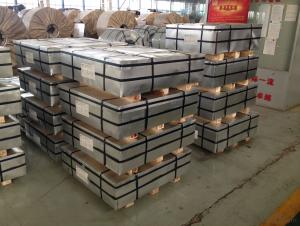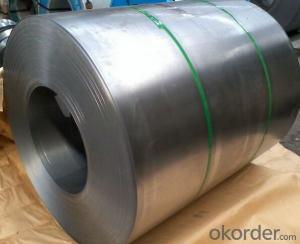Thin Hard Plastic Sheets
Thin Hard Plastic Sheets Related Searches
Primer For Galvanized Steel H S Code For Stainless Steel Wd 40 For Stainless Steel Spray Paint For Stainless Steel Drill Bits For Stainless Steel Sponge For Stainless Steel Caulking For Stainless Steel Steel Vessels For Kitchen Best Solar Inverter For Home Led Table Lamps For HomeHot Searches
Steel Mesh Panels For Sale Price For Stainless Steel Scrap Scrap Price For Stainless Steel Cheap High Tea Sets For Sale Stainless Steel Tanks For Sale High Density Fiberboard For Sale Solar Hot Water Collectors For Sale Scaffolding For Sale In Uae Scaffolding For Sale In Ireland Scaffolding For Sale In Houston Type Of Inverter For Solar Price Of Shipping Containers For Sale Stock Price For Aluminum Used Solar Inverter For Sale Portable Led Signs For Sale Stone Hot Water Bottles For Sale Large Led Screens For Sale Used Aluminum Scaffolding For Sale 1/4 Aluminum Plate For Sale Pvc Chairs For SaleThin Hard Plastic Sheets Supplier & Manufacturer from China
Okorder.com is a professional Thin Hard Plastic Sheets supplier & manufacturer, offers integrated one-stop services including real-time quoting and online cargo tracking. We are funded by CNBM Group, a Fortune 500 enterprise and the largest Thin Hard Plastic Sheets firm in China.Hot Products
FAQ
- Yes, geogrids can be used in temporary construction platforms. Geogrids provide structural reinforcement and stabilization to the soil, making them suitable for supporting heavy loads and providing a stable working surface during temporary construction projects.
- As well as how to fill out the form, thank you!! Urgently
- Inspection application approval form, elevation table, flat position detection table, geosynthetics site inspection form, evaluation form
- Geogrids improve the performance of reinforced soil slopes in seismic areas by providing enhanced stability and resistance against seismic forces. These geosynthetic materials act as a reinforcement, effectively distributing the loads and reducing the potential for slope failure during seismic events. Geogrids increase the strength and stiffness of the soil, minimizing the development of shear strains and displacements. This results in improved slope stability, reduced deformation, and better overall performance in seismic areas.
- Yes, geogrids can be used in reinforced earth bridge abutments. Geogrids are commonly used in reinforced earth structures as they provide soil reinforcement and improve the stability and strength of the structure. In the case of bridge abutments, geogrids can be used to reinforce the soil backfill behind the abutment walls, enhancing its load-bearing capacity and reducing the potential for settlement or failure.
- Yes, geogrids can be used in the reinforcement of mechanically stabilized earth bridge piers. Geogrids provide additional tensile strength and stability to the soil, improving the overall performance and load-bearing capacity of the bridge piers. They are commonly used in conjunction with other reinforcement materials to enhance the structural integrity and longevity of the bridge piers.
- There are several factors that can affect the installation cost of geogrids. These factors include the size and complexity of the project, the type and quality of the geogrid material, the site conditions such as soil type and slope stability, the availability and accessibility of the site, and the labor and equipment required for installation. Additionally, factors such as transportation costs, permits, and any necessary site preparation or excavation work can also impact the overall installation cost of geogrids.
- Some key design considerations for geogrid installation include selecting the appropriate geogrid material and strength, determining the proper placement depth and orientation, considering soil characteristics and compaction requirements, ensuring adequate anchoring and connection methods, and accounting for potential loads and stresses that the geogrid will need to withstand. Additionally, factors such as site conditions, environmental factors, and project specifications should also be taken into account during the design process.





